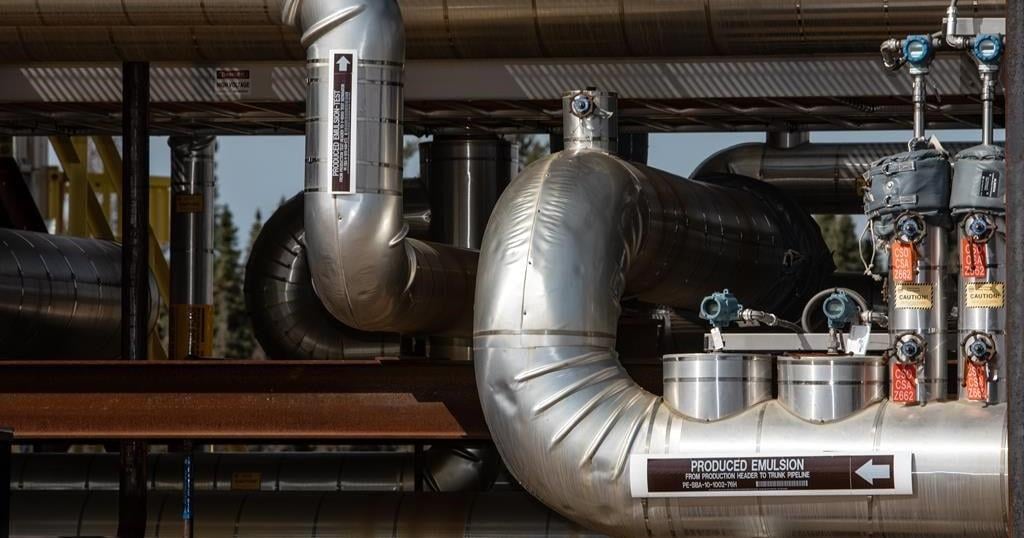* Oil tanks another 8% as supply engulfs demand
* European shares sag in early trade
* Nikkei leads rest of Asia lower
* Australia bucks trend, closes 7% up after jobs package
* Dollar back on the rise, EM and petrocurrencies clattered
* Demand for bond safety shoves down yields
* World FX rates in 2020 tmsnrt.rs/2egbfVh
By Marc Jones and Wayne Cole
LONDON/SYDNEY, March 30 (Reuters) – Oil took another eyewatering 8% tumble on Monday and world shares buckled again as fears mounted that the global coronavirus shutdown could last for months.
There were some bright spots, with Australian equities posting a standout jump as the government launched a super-sized support programme, but that was about it.
Japan’s Nikkei had led the rest of Asia lower and Europe’s main markets slumped by 1.5-2.5% in early trade, adding to what has already been the region’s worst quarter since 1987.
The rout in oil took crude to its lowest since 2002. Brent was at only $22 a barrel by 0815 GMT, hammering petro currencies such as Russia’s rouble, Mexico’s peso and the Indonesian rupiah by as much as 2%.
It didn’t help that the U.S. dollar was back on the climb. The euro and pound were both batted back by about 0.6%, leaving the former near $1.1070 and sterling at $1.2350. On Friday Britain had become the first major economy to have its credit rating cut because of the coronavirus.
“I have been in this business almost 30 years and this is the fastest correction I have seen,” Lombard Odier’s Chief Investment Officer Stephane Monier said of this year’s plunge in global markets.
Wall Street futures had also backpeddled into the red, having been up as much as 1% in Asia after a late flutter of optimism.
Australia’s benchmark ASX200 registered a late surge, closing 7% up after Prime Minister Scott Morrison unveiled a $130 billion ($79.86 billion) package to help to save jobs.
Most other markets were down but trimmed earlier losses. Japan’s Nikkei dropped 1.6%, Shanghai blue chips were down 0.9% and there were sharper drops in Southeast Asia, with Singapore’ benchmark index down almost 3%.
JPMorgan now predicts that global GDP could contract at a 10.5% annualised rate in the first half of the year.
“We continue to mark down 1H20 global GDP forecasts as our assessment of both the global pandemic’s reach and the damage related to necessary containment policies,” said JPMorgan economist Bruce Kasman.
As a result, central banks have mounted an all-out effort to bolster activity with rate cuts and massive asset-buying campaigns, which have at least eased liquidity strains in markets.
China on Monday became the latest to add stimulus, with a cut of 20 basis points to a key repo rate, the largest in nearly five years.
Singapore also eased as the city state’s bellwether economy braced for a deep recession while New Zealand’s central bank said it would take corporate debt as collateral for loans.
Rodrigo Catril, a senior FX strategist at NAB, said the main question for markets was whether all the stimulus would be enough to help the global economy withstand the shock.
“To answer this question, one needs to know the magnitude of the containment measures and for how long they will be implemented,” he added.
“This is the big unknown and it suggests markets are likely to remain volatile until this uncertainty is resolved.”
DOLLAR NOT DONE YET
Bond investors looked to be bracing for a long haul, with European government bond yields dipping and those at the very short end of the U.S. Treasury curve turning negative. Those on 10-year notes dropped a steep 26 basis points last week and were last standing at 0.68%.
That drop has combined with efforts by the Federal Reserve to pump more U.S. dollars into markets, dragging the currency off recent highs.
Against the yen, the dollar was pinned at 107.74, well off the recent high of 111.71, but its gains against the euro, pound and heavyweight emerging market currencies suggested it was regaining strength.
“Ultimately, we expect the USD will soon reassert itself as one of the strongest currencies,” argued analysts at CBA, noting the dollar’s role as the world’s reserve currency made it a countercyclical hedge for investors.
“This means the dollar can rise because of the deteriorating global economic outlook, irrespective of the high likelihood the U.S. is also in recession.”
The dollar’s retreat had provided a fillip for gold, but buying stalled as investors were forced to liquidate profitable positions to cover losses elsewhere. The metal was last at $1,613.6 an ounce.
Oil prices have also been hit by a fight for market share between Saudi Arabia and Russia, with neither showing signs of backing down even as global transport restrictions hammer demand.
Brent futures were down 8%, or $2, at $22.50 a barrel – their lowest for 18 years. U.S. West Texas Intermediate (WTI) crude futures fell as far as $19.92, near a 2002 low hit this month.
“Central banks have been easing (monetary policy) and governments have been offering stimulus packages, but they are only supportive measures, not radical treatments,” said Satoru Yoshida, a commodity analyst with Rakuten Securities.
Reporting by Marc Jones and Wayne Cole
Editing by David Goodman
Let’s block ads! (Why?)

Source link
Related
































